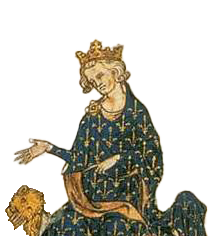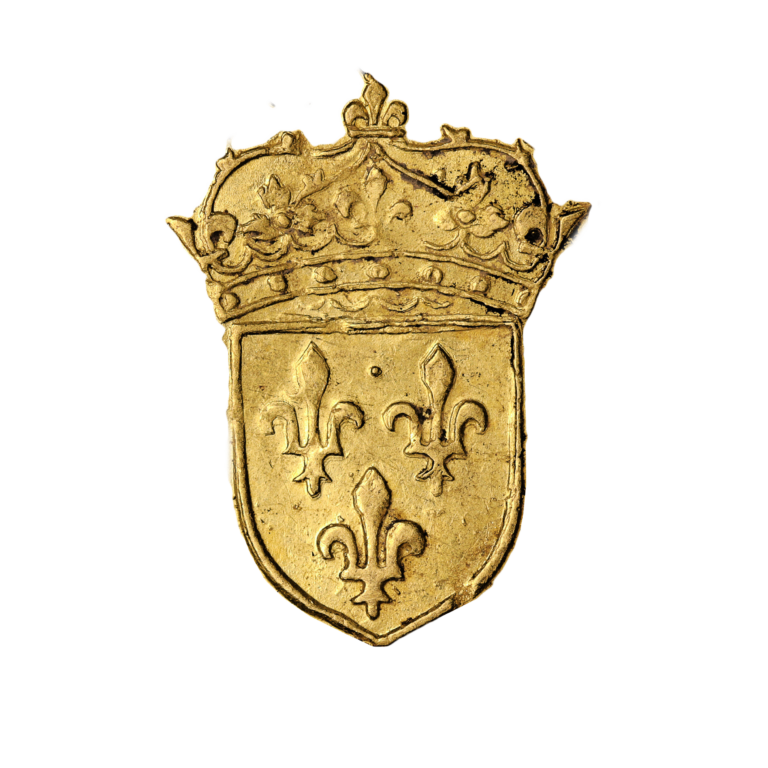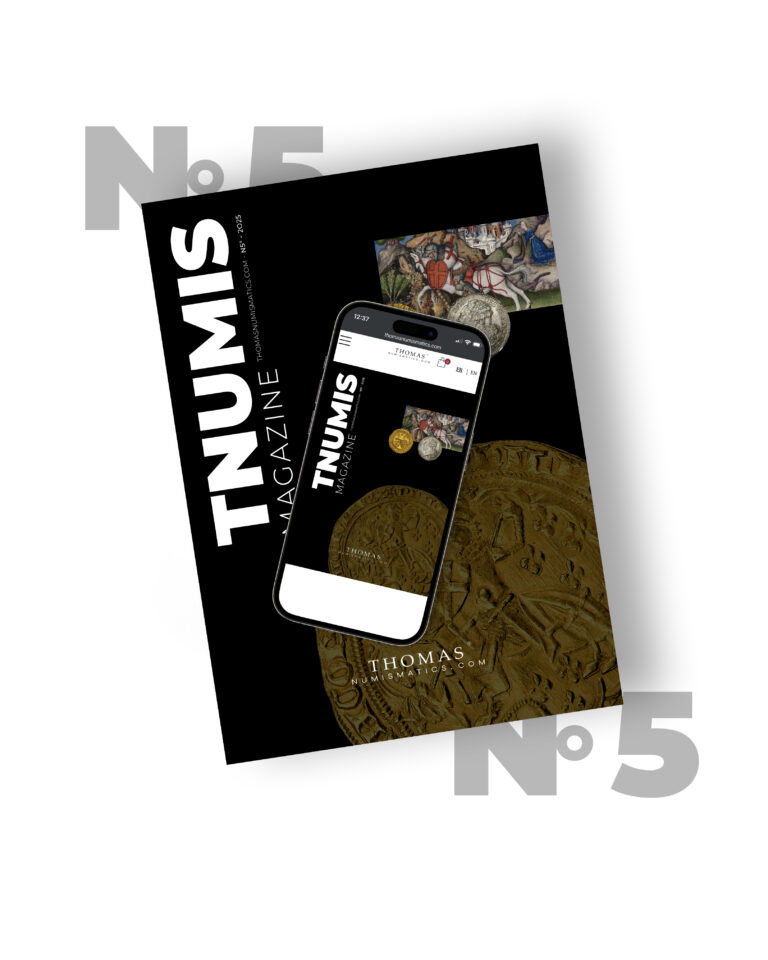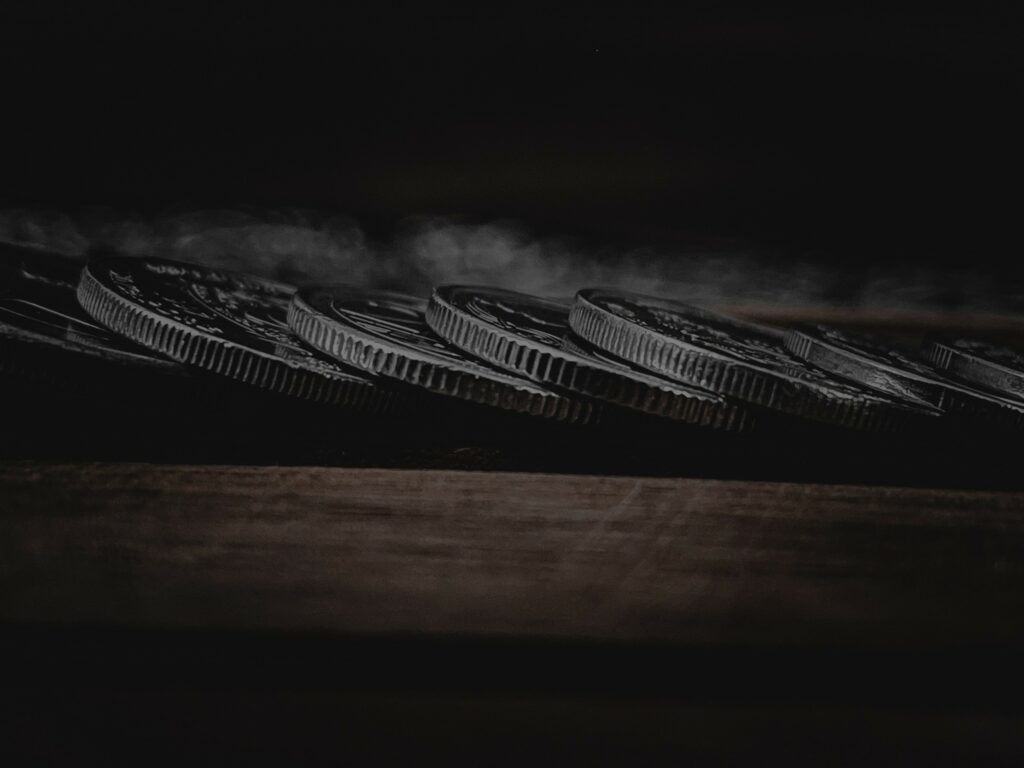
Discover all the news and articles from TNUMIS Magazine exclusively
Exhibition Currencies & Wonders at Monnaie de Paris
From 12 May 12 to 25 September 2022, Monnaie de Paris (the Paris Mint) held a brand-new exhibition entitled Monnaies & Merveilles. Conceived as a “gigantic cabinet of curiosities”, the exhibition took visitors on a journey around the world, discovering more than 200 items, each more intriguing than the next. This exhibition is an opportunity to discover that the tradable object is indeed universal and that the coin, as such, is far from being its only form.
Exhibition Currencies and Wonders: money in a different way
It comes as no surprise that Bérénice Geoffroy-Schneiter, the exhibition’s curator, is a specialist in world jewelry. The objects showcased here are on the borderline between currency, artwork and ceremonial items.
And what other place than the Monnaie de Paris could host the exhibition Currencies & Wonders? As recalled by Dominique Antérion, in charge of the museum’s collections, it was Alfred de Foville, director of the institution at the end of the 19th century, who began to take a real interest in world coins. Judging the collections to be too Western-centric, he began collecting coins from outside Europe. Since then, the museum has been collecting tradable items of all kinds and from all horizons.
Currencies & Wonders brings together more than 200 pieces, from the institution, but also from loans of private collectors and museums, such as the Quai Branly-Jacques Chirac, the Musée National des Arts Asiatique-Guimet, the Musée des Confluences in Lyon and the Mucem in Marseille.
The art historian Bérénice Geoffroy-Schneiter has conceived this exhibition as a cabinet of wonders, to dazzle the visitor and question his emotional relationship to the currency. It reveals “the practices and beliefs attached to monetary uses throughout the world” and highlights the symbolic and ritual dimension of money, beyond its material power.
A journey to the heart of civilizations
Come along! We will take you across the five continents, in the heart of a sensitive journey into the uses and rituals of money. Gold, silver, feathers, fabrics, pearls, etc., commercial transactions are materialized in multiple forms, to end up, beyond trade, expressing rank, prestige and wealth. Indeed, if currency is a useful tool to carry out an exchange, it is also an item of sociability that has a specific meaning to each culture. Indeed, the materials, shapes and colors have a rich symbolic meaning.
In the rooms designed by Pascal Rodriguez, the colors and the path invited one to wander and to let oneself go in a dreamlike and poetic walk. Throughout the ages and across the borders, the seductive power of these items seized us: ornaments, fabrics, sculptures, jewelry, musical instruments, etc.
The exhibition was organized in five spaces that highlighted the items under a different prism:
- the hypnotic power of metal;
- beads, feathers and shells: a neo-cabinet of curiosities;
- the textile enchantment: over the gifts and counter-gifts;
- between power and seduction : when money becomes an ornament;
- dialoguing with the invisible: popular beliefs and superstitions.
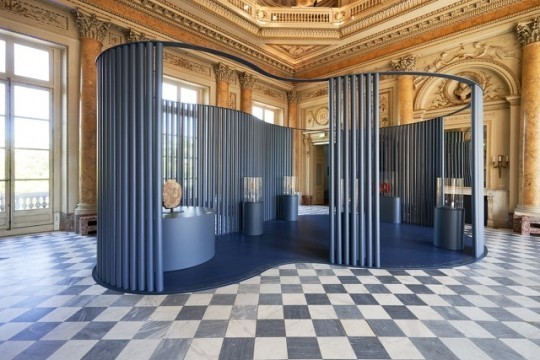
Coins of the world
As an expert website in numismatics and coin collector, we had to talk to you about Currencies & Wonders. We have chosen to highlight some of the coins on display at this exhibition. And if it is now over, you can still visit it virtually and get its catalog on the Monnaie de Paris website to go further.
Ngindza coin
This African item is similar to a throwing knife, a multi-bladed weapon designed to be thrown at the prey. In reality, this hammered iron sheet, too light and non-sharp, is a currency of the Yakoma people of the Central African Republic. Ngindza trade items were mainly used at weddings.
Rai Currency
This aragonite stone is a currency of the Yap Island in Micronesia. Its value depended on its transportation, as the quarry for this stone was located on another island in the Palau archipelago. Transported by boat, the white stones were then cut into a disc to symbolize the moon. These rai coins were used to buy agricultural products, land or canoes. They were also displayed on wooden stakes during ritual ceremonies.
Tevau Wedding Coin
This coin from the Solomon Islands dates back from the late 19th century. It was made with feathers of the red bird myzomela cardinalis. The value of this roll depended on its size and the quality of the feathers. This magnificent object was the privilege of a few rare families who passed on their know-how from generation to generation. The exhibition Currencies & Wonders is also an opportunity to highlight the dexterity and virtuosity of these men and women. These wedding coins were an opportunity to show the status of their owners, they were also used to buy precious goods such as pigs and pirogues.
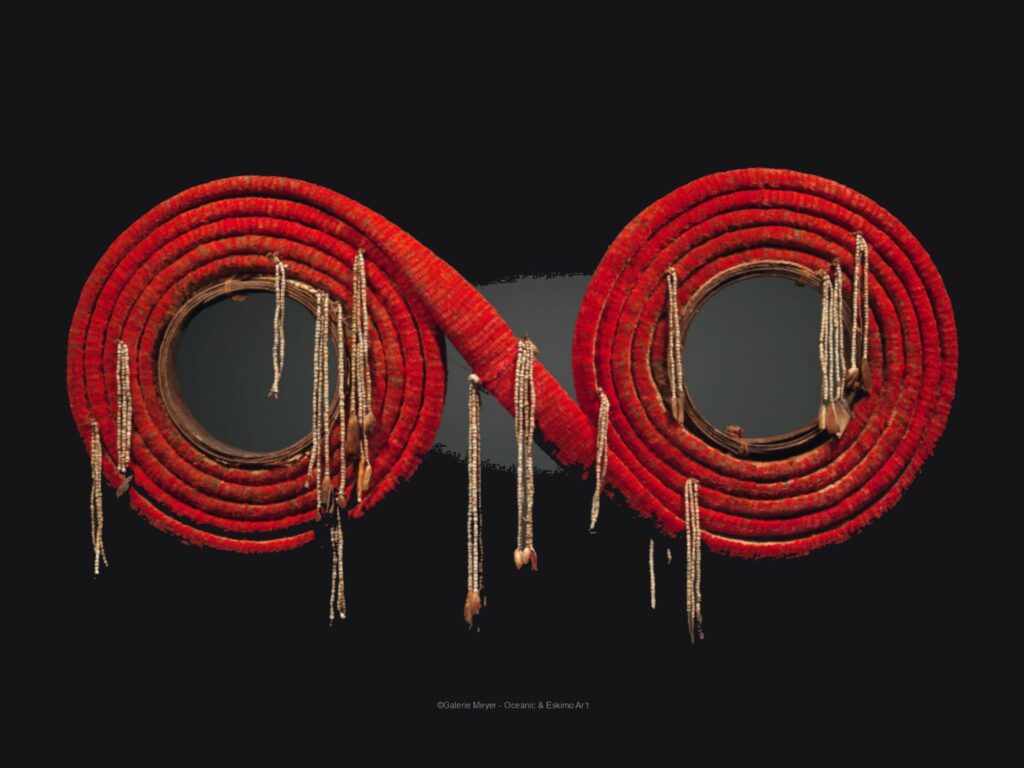
Mitako Currency
The English town of Birmingham exported brass bracelets to Africa in the 19th century. The items quickly became a currency for an entire African population living near the Zaire River. Their different sizes made it possible to attribute values to them. Most often gathered in bundles or chains, these mitako were exchanged for ivory or rubber.
Vest of a janissary costume
A janissary was an elite corps of the Ottoman army who wore a garment decorated with coins. The vest shown here is composed of sixteen rows of chains and five 1930 Greek drachmae. The reverse side is decorated with metal items, red stones and coin chains, including a 1926 drachma with the head of Athena.
Bills for eternity
From China, these bills for eternity imitate real banknotes. Still in use today, their role is to accompany the dead in their transition to the afterlife, so that they do not lack anything. These funerary banknotes are obviously not legal tender and used exclusively for ritual purposes. Specialized stores sell them in bundles of 50 to 150 bills. The obverse is the effigy of the Jade Emperor, the ruler of Paradise in Taoism. On the reverse, it is the Bank of Hell that is represented.
All these superb objects invite you to travel and discover other civilizations and show us that the currency of exchange is indeed a universal concern.
To keep dreaming, we invite you to see our online store.
Sources :
Monnaie de Paris
Paris Secret
Connaissance des arts
Milk Magazine
